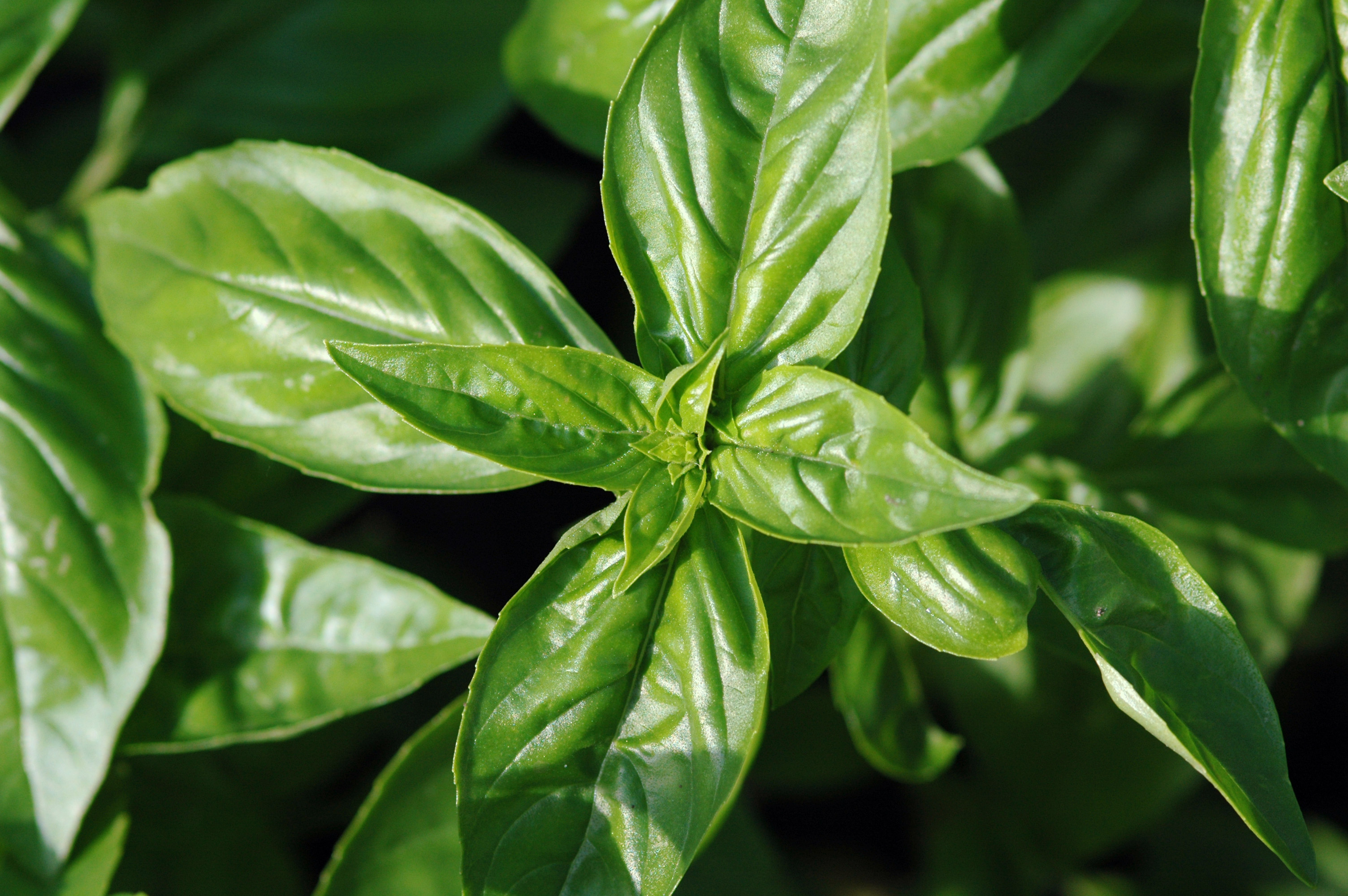Basil – A Great Culinary Herb
go.ncsu.edu/readext?922499
en Español / em Português
El inglés es el idioma de control de esta página. En la medida en que haya algún conflicto entre la traducción al inglés y la traducción, el inglés prevalece.
Al hacer clic en el enlace de traducción se activa un servicio de traducción gratuito para convertir la página al español. Al igual que con cualquier traducción por Internet, la conversión no es sensible al contexto y puede que no traduzca el texto en su significado original. NC State Extension no garantiza la exactitud del texto traducido. Por favor, tenga en cuenta que algunas aplicaciones y/o servicios pueden no funcionar como se espera cuando se traducen.
Português
Inglês é o idioma de controle desta página. Na medida que haja algum conflito entre o texto original em Inglês e a tradução, o Inglês prevalece.
Ao clicar no link de tradução, um serviço gratuito de tradução será ativado para converter a página para o Português. Como em qualquer tradução pela internet, a conversão não é sensivel ao contexto e pode não ocorrer a tradução para o significado orginal. O serviço de Extensão da Carolina do Norte (NC State Extension) não garante a exatidão do texto traduzido. Por favor, observe que algumas funções ou serviços podem não funcionar como esperado após a tradução.
English
English is the controlling language of this page. To the extent there is any conflict between the English text and the translation, English controls.
Clicking on the translation link activates a free translation service to convert the page to Spanish. As with any Internet translation, the conversion is not context-sensitive and may not translate the text to its original meaning. NC State Extension does not guarantee the accuracy of the translated text. Please note that some applications and/or services may not function as expected when translated.
Collapse ▲Basil is a great culinary herb that can easily be grown at home. It is very simple to start from seed, and the leaves can be harvested off the same plant all season long in the summer. A basil plant likes to be grown in full sun with good draining soil that is also moist. There are many ornamental varieties that have different colored foliage or have miniature growth habits. Thus, it adds texture and color to your landscape. Furthermore, the older basil plants will bloom and serve as excellent attractors for many bees, butterflies, and other pollinators. Cuttings from basils can be easily rooted to add more basil to your garden. If you are short on growing space, basil can be planted in containers instead of in the ground.
Sweet basil (Ocimum basilicum) is the most common of the basils grown. Its leaves can be used in many culinary dishes. Cinnamon basil is another cultivar of basil that has leaves with a distinct cinnamon-like flavor. Greek Dwarf is another cultivar of basil that is more compact, but it still provides the same flavor as sweet basil. Siam Queen, also known as Thai basil, is a cultivar that has a slightly spicy taste that resembles licorice. Purple Ruffles is a purple-colored basil that has the same taste of sweet basil while providing your garden an extra pop of color. It also grows to be about the same size as sweet basil. Holy basil (Ocimum tenuiflorum) has flowers that are shorter lived than sweet basil, and its spicy leaves provide a flavor of mint, clove, and basil. Furthermore, the African Blue Basil is a hybrid of two different basils. It is edible, but the flavor is not as appealing. Therefore, most people grow it for its pink flowers and pollinator attraction. More information about basils





